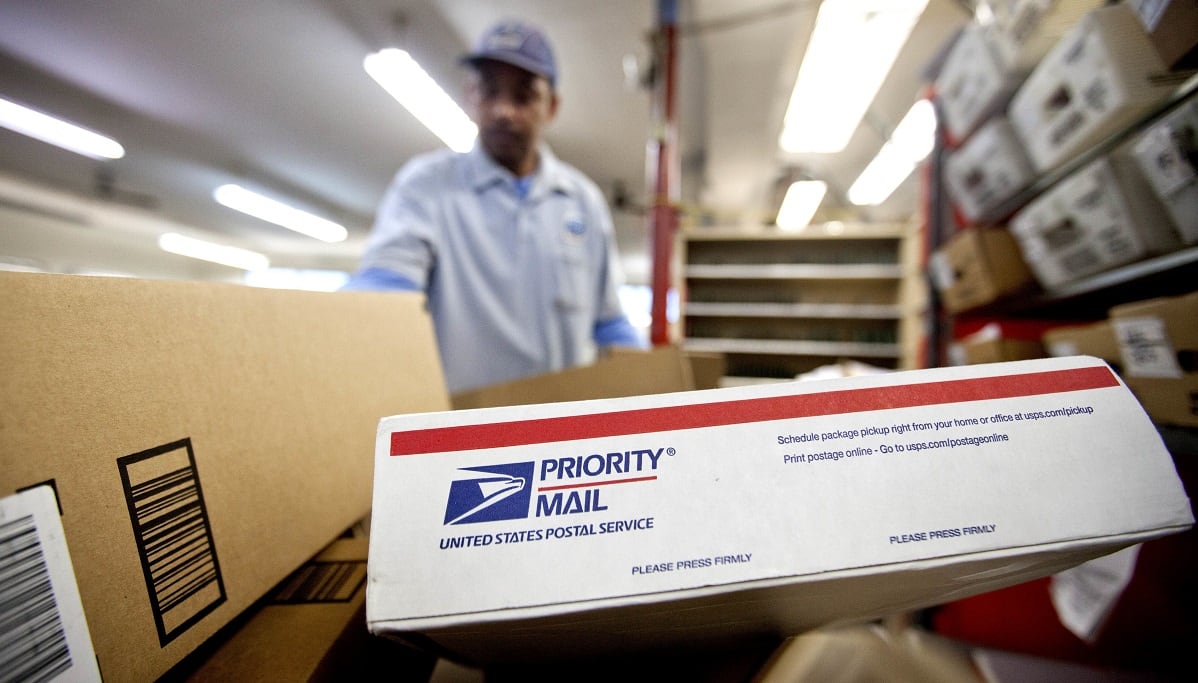Ahead of the inaugural open enrollment period for the new Postal Service Health Benefits Program in the fall, the Office of Personnel Management debuted a list of insurance companies who applied to offer coverage for 1.9 million employees, retirees and dependants next year.
A total of 32 plans received conditional approval to participate in the program, which will cover about 20% of beneficiaries currently enrolled in the governmentwide Federal Employees Health Benefit program. Providers include large, well-known companies like Blue Cross Blue Shield, Aetna, Kaiser Permanente, and United, among others.
These carriers must still successfully negotiate their offerings and rates in order to be a part of the marketplace this fall, but it marks the next step in a yearslong process to reform Postal benefits.
This will be a critical year for Postal Service employees and for OPM, which will be overseeing the rollout of this new insurance program as mandated by a law passed in 2022 by Joe Biden. Billions of dollars in losses for USPS prompted lawmakers to pass legislation forcing cost saving measures to ensure the agency’s financial viability. A separate health insurance program was one of them. By integrating with Medicare, government estimates claim PSHB premiums would be lower due to the overlapping coverage, and it eliminates a prior mandate that forced USPS to pay billions a year on pre-funded benefits for annuitants.
The legislation authorizing this effort granted $70.5 million in no-year funds to OPM for start-up costs. Recent continuing resolutions have partially supported that effort, and the fiscal 2025 budget request also includes $24 million in additional funding for the program, of which $800,000 would go to increasing retirement staff support during open season.
RELATED

For now, there isn’t much involvement in that process by feds, but they will begin receiving more information over the next few months. In the meantime, this preliminary list of carriers may give some an inkling of the choices postal employees have to make later this year.
There are fewer plans participating in the Postal program than there are in the entire FEHB program, which covers upward of 8 million people. So, if an employee doesn’t see their current carrier on the list, he or she will have to choose something else come Nov. 11, when open enrollment begins.
“Most Postal Service employees and annuitants will be offered a 2025 PSHB plan that is equivalent to their 2024 FEHB plan option,” OPM said.
Feds who don’t make an election won’t lose coverage; they’ll just be automatically added to the cheapest, nationwide, non-high deductible plan.
The participating plans offer a mix of fee-for-service plans and health maintenance organizations. (Here’s the difference.) Some are available nationwide; others operate regionally.
“All have years of experience insuring members through the Federal Employees Health Benefits (FEHB) Program,” OPM said in a statement.
Plan rates and benefits are expected in September. OPM expects to complete negotiations by July 31.
See the list below:

Molly Weisner is a staff reporter for Federal Times where she covers labor, policy and contracting pertaining to the government workforce. She made previous stops at USA Today and McClatchy as a digital producer, and worked at The New York Times as a copy editor. Molly majored in journalism at the University of North Carolina at Chapel Hill.





